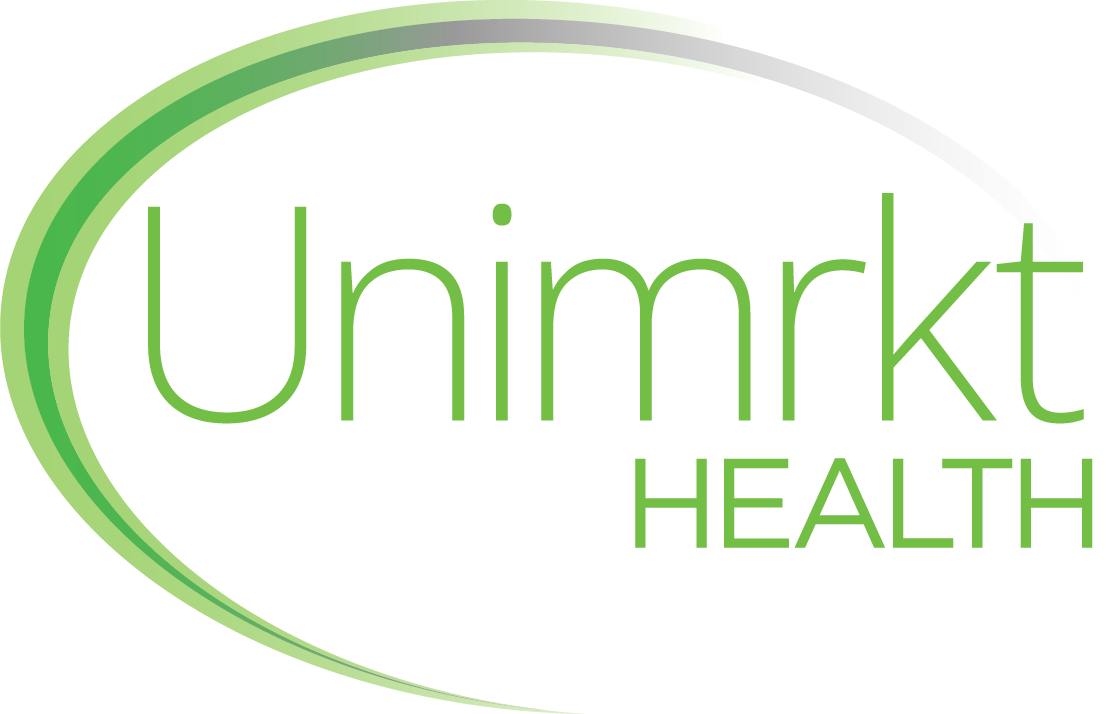Launching Healthcare Products? The Critical Role of Primary Market Research in Product Development
- Unimrkt Healthcare » Blog » Launching Healthcare Products? The Critical Role of Primary Market Research in Product Development
Bringing a new therapy, device, or diagnostic to market is high-stakes. Pipelines are crowded, regulatory and access hurdles are real, and stakeholder expectations change fast. In this environment, guessing is expensive. Primary market research, which is research directly with the physicians, payers, pharmacists, patients, and caregivers who shape real-world decisions, gives product teams the evidence to move with confidence. This article explains why primary research in healthcare is indispensable, which primary research methodologies to use when, and how healthcare primary research firms like Unimrkt Healthcare deliver primary market research services you can act on.
Market Information Crucial for Product Development
Every product decision, from target product profile (TPP) to human factors to access strategy, lives or dies on credible market information. Secondary data (claims, published literature, and syndicated sources) can size markets and hint at trends, but it cannot tell you why people behave the way they do or how they’ll respond to something new. That’s the job of healthcare primary market research. It can help you identify:
- Clinical need and unmet need: Validate symptoms, disease burden, and care gaps in the exact subpopulations you plan to serve. Understanding what “meaningful improvement” looks like to clinicians and patients guides inclusion/exclusion and endpoint strategy long before protocol lock.
- Use cases and workflows: Especially for devices and diagnostics, the setting of care determines adoption. Primary interviews map where a product plugs into real workflows, who touches it, how it’s paid for, and what could go wrong.
- Value and pricing evidence: Payers and pharmacy leaders will ask for comparative effectiveness, budget impact, and outcomes that matter. Pharma primary market research with payers reveals the value story, willingness to reimburse, and evidence gaps early enough to address them.
- Positioning and message fit: Messages built on assumptions sound polished but fall flat. Concept testing with HCPs and patients exposes what is credible, compelling, and compliant – before you scale communications.
Bottom line: robust market information from the people who decide, prescribe, dispense, and live with therapies is the foundation for sound product choices.
Why Primary Research is the Foundation for Sound Product Development
Primary research replaces internal debate with external evidence. It:
- De-risks big bets: Before you lock a feature, claim, or indication, pressure-test it with decision-makers. If a “must-have” feature turns out to be “nice to have,” you’ve avoided months of waste.
- Sharpens the TPP: Translating the voice of the customer into precise TPP requirements (onset of action, dosing convenience, line of therapy, and companion diagnostics) keeps clinical and commercial aligned.
- Enables scenario planning: Well-designed pharmaceutical primary market research quantifies sensitivity to trade-offs – what happens to trial enrollment, uptake, or payer access if you trade efficacy for safety, or convenience for cost?
- Builds internal alignment: When product, medical, access, and marketing hear the target audience in their own words, alignment follows. Decisions stop being subjective opinions and start being evidence-based.
In short, primary research in healthcare turns stakeholder opinions into measurable inputs that product teams can use.
Primary Market Research Methodologies for Product Development Data
Different questions demand different methods. Here’s how to choose.
Qualitative research (explore the “why” and “how”)
- Face-to-face in-depth interviews (IDIs): The gold standard when you need nuance – clinical heuristics, safety concerns, and workflow details that don’t surface in groups. Ideal for KOLs, surgeons, complex pathways, or sensitive patient topics.
- Telephone/video TDIs: Faster and geographically flexible. Great for targeting specialists, payers, or pharmacists across markets. Use visual stimuli (concepts, mock IFUs, and value messages), screen-shared under confidentiality.
- Focus group discussions (FGDs): An efficient way to observe consensus and dissent. Useful for early positioning, objection handling, and language testing. Mix roles cautiously; keep payers and prescribers separate to reduce bias.
- Physician/patient interactions (paired or triads): Powerful for understanding treatment decisions from both sides. Observe how clinical goals and lived experience collide – especially in chronic and rare diseases.
- Ethnography and in-context observation: Shadow clinicians or patients to see workarounds, device handling, and adherence barriers. Crucial for human factors and “day in the life” insights that surveys miss.
- Online bulletin boards/communities (asynchronous qual): Multi-day assignments where HCPs or patients react to stimuli, upload photos, and reflect over time. Ideal for message iteration, diary-style adherence themes, and concept refinement.
When to use qualitative methods: Early discovery, hypothesis generation, user needs, human factors, and message optimization. Deliverables include relevant market data that helps your team develop journey maps, language ladders, and design principles.
Quantitative research (measure the “how many” and “how much”)
- CATI (Computer-Assisted Telephone Interviewing): Valuable and reliable, particularly for hard-to-reach stakeholders (payers and hospital admins) and markets with lower online penetration. CATI boosts representativeness and response quality for specific cohorts.
- Online surveys: A fast, scalable way to size demand, prioritize features, and estimate intent to prescribe or adopt. Use robust screeners (specialty, caseload, and setting) and quotas to mirror the market. Randomize answer lists and include attention checks for quality.
- Patient record forms (chart audits): De-identified, case-based data entered by HCPs to capture actual practice patterns – lines of therapy, switching triggers, and outcomes proxies. This “RWE-lite” approach complements claims and anchors stated behavior in observed behavior.
- Advanced techniques:
- Conjoint/DCE: Quantifies trade-offs among attributes (efficacy, safety, dosing, cost) to reveal part-worth utilities and simulate uptake under different profiles.
- MaxDiff: Ranks claims or messages to build a credible hierarchy.
- Driver analysis: Identifies the levers that move intent or satisfaction.
- TURF: Finds the smallest set of claims/features that maximizes reach.
- When to use quantitative primary market research services: Sizing, prioritization, forecasting inputs, pricing and access readiness, and message hierarchy. Market data from quantitative research is useful for designing strategies and allowing decision-makers to test scenarios. Design quality controls (digital fingerprinting, attention checks, time/logic checks, and medical-panel verification for HCPs) to protect data integrity.
Need primary market research you can defend internally and operationalize fast? Unimrkt Healthcare is an ISO 20252 and ISO 27001–certified, ESOMAR-compliant agency with deep industry expertise across oncology, immunology, cardiometabolic, and rare diseases. We combine wide HCP/payer directory access with vetted recruitment panels to reach precise cohorts – including hard-to-find specialists, administrators, and patients – backed by rigorous data security and research governance. Our multilingual, senior interviewers and researchers conduct high-quality IDIs, payer TDIs, and group discussions across markets to deliver decision-ready market data that can be used to power “so-what/now-what” readouts, journey maps, message hierarchies, and conjoint/DCE simulators your teams can use. To explore how our healthcare research can refine your product development strategy, call +91-124-424-5210 or +91-9870-377-557, email sales@unimrkthealth.com, or submit the contact form for a prompt response.
Frequently Asked Questions
Q. What is primary market research in healthcare?
It’s the direct collection of new data from stakeholders – clinicians, payers, pharmacists, patients, and caregivers – through Computer Assisted Telephonic Interviews (CATI), Group Discussions, Observations, and Surveys. Unlike secondary research, which mines existing sources, primary research in healthcare helps answer your exact questions from new research in the market.
Q. How do primary research methodologies differ from secondary research?
Secondary synthesizes what already exists (literature, claims, guidelines). Primary research methodologies create new evidence tailored to your product decisions – needs, trade-offs, adoption barriers, and message resonance – often revealing insights not visible in published data.
Q. Which methods should I use at the early versus late stages of product development?
Early stages favor qualitative (In-depth Interviews, Ethnography, and Online Boards) to explore needs and shape the TPP. As you converge, use quantitative (Online surveys, Chart audits, and Conjoint) to size demand, prioritize features, and model uptake. Layer in payer interviews before you finalize price and evidence plans.
Q. How do healthcare primary research firms recruit hard-to-reach respondents ethically?
They set precise screeners (specialty, caseload, and roles), leverage validated panels and professional networks, and verify credentials. Ethical practice includes informed consent, PHI de-identification, IRB when needed, FMV-based incentives, and built-in adverse event reporting.
Q. Is CATI still relevant in healthcare primary market research?
Yes. Computer Assisted Telephone Interviews (CATI) improve reach and data quality with payers, hospital admins, and regions with lower online penetration. It supports complex skip logic and clarifications in real-time, complementing online surveys for more representative samples.
Q. Can primary market research inform pricing and market access?
Absolutely. Payer TDIs/CATI test your value story, coverage criteria, and price corridors; conjoint and budget-impact-style modules quantify sensitivity to price and evidence. This is core to pharma primary market research and de-risks the launch.
Q. How long do studies take?
Single-market qual typically runs 2–4 weeks end-to-end; quant runs 3–6 weeks depending on incidence and complexity. Multi-country work or rare disease cohorts may add several weeks for compliance and recruitment.
Q. What ensures data quality in pharmaceutical primary market research?
Pre-tests and cognitive interviews, logic and time checks, digital fingerprinting, red-herring questions, and manual open-end reviews. Recontact protocols validate responses when stakes are high. Transparent documentation of assumptions and weighting is essential.
Q. Why choose Unimrkt Healthcare over other healthcare primary research firms?
We combine sector-specific recruiting, senior moderation, payer access expertise, and decision-ready deliverables. Our primary market research services are designed to move TPPs, protocols, messages, and access plans forward – with relevant market data.
Recent Posts
- From Concept to Market: Using Research to Ensure Animal Health Product Acceptance
- Leveraging Primary Market Research to Drive Pharma Brand Repositioning
- Precision Insights for Precision Medicine: Market Research to Drive Personalized Healthcare
- The Sales Head: Conducting Research with Star KOLs in the Pharmaceutical Industry
- Business Research Methodologies in Healthcare: 7 Desk-Based Approaches That Work
Archives
- November 2025
- October 2025
- September 2025
- August 2025
- July 2025
- June 2025
- May 2025
- April 2025
- March 2025
- February 2025
- January 2025
- December 2024
- November 2024
- October 2024
- September 2024
- August 2024
- July 2024
- June 2024
- May 2024
- April 2024
- March 2024
- February 2024
- January 2024
- December 2023
- November 2023
- October 2023
- September 2023
- August 2023
- July 2023
- June 2023
- May 2023
- April 2023
- March 2023
- February 2023
- January 2023
- December 2022
- November 2022
- October 2022
- September 2022
- August 2022
- July 2022
- June 2022
- May 2022
Quick Enquiry
Customer Service, We Make it Better
Related Posts:
Let's Connect
Please, fill in the form to get in touch!



